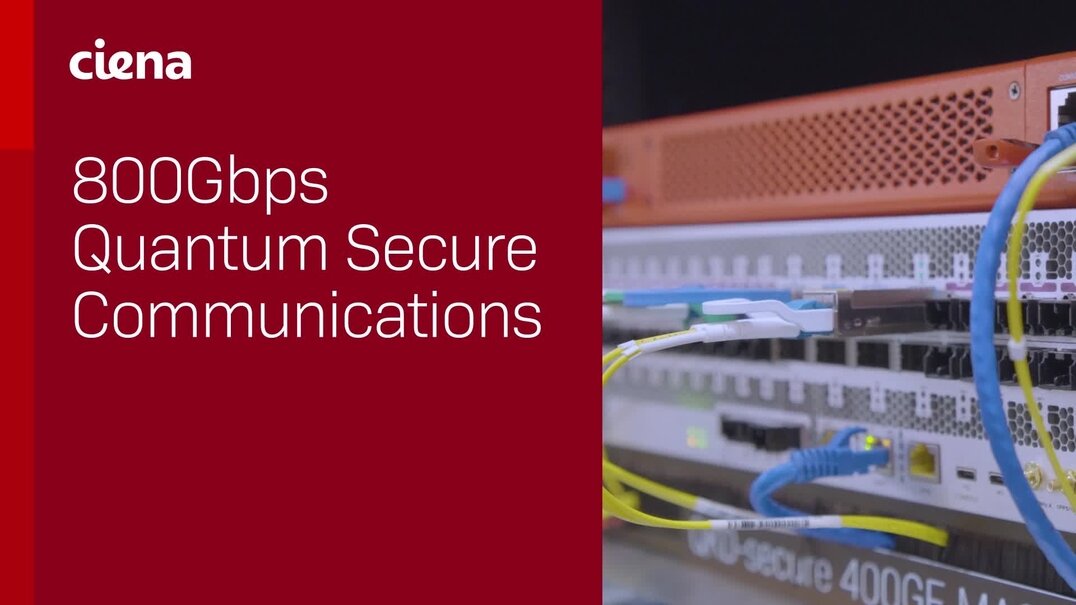Cable’s move to network automation

David Strauss is a principal of Broadband Success Partners, a consultancy focused on the marketing, technology and finance needs of service and technology providers. He has over 25 years of senior marketing, business development and sales experience in B2B telecommunications and technology. Prior to starting Broadband Success Partners, David designed and executed the marketing plan for the Metro Ethernet services of Comcast Business. He was also the VP of Marketing for Lightpath (Cablevision/Altice).
Network Automation: Where & When? Each interview started with these questions: Have you implemented solutions that enable network automation in Next Generation Access Networks, Enterprise Business Services and Core Transport Networks? How far along are you? Across all three areas, most Tier-1 executives indicated that network automation initiatives are under way or will be this year. Not surprisingly, the timing noted by Tier-2 executives lags.
Network Automation: Why? Is it the promise of improved efficiencies and lower operating expenses, reduced likelihood of human error, improved customer experience, new service offerings or enterprise business services and SLA compliance? Most executives say it’s mainly driven by the promise of improved efficiencies and lower operating expense. The next most significant driver diverges by MSO size with Tier-1s choosing reduced likelihood of human error while Tier2s cite improved customer experience.
inco
To understand the reasons underlying their answers, interviewees were asked why they ranked an item as the most significant. Here are a few representative verbatims for why improved efficiencies and lower operational expenses is ranked highest: “This is the broadest benefit for the company. Touches most things, systems, groups.” “We must address network complexity without adding sophisticated staff.“ “We must eliminate swivel-chair order entry and associated errors.”
Network Automation: Why Not? Though motivated to pursue network automation initiatives, these executives face a number of gaps and obstacles which thwart their initiation or progress. The most significant gap for Tier-1s is the problem triggered by the lack of interoperability across vendors’ different hardware and software. The overriding view is that each vendor, striving to get as much of a client’s business as possible, is not motivated to deliver open solutions. Some of the executives cited a “need to rely on standards.” Others are looking for “a tool that will work with all vendors.” In some cases, the problem is so severe that “the challenges with multi-vendor automation have kept our processes manual.” Tier-2 executives rank “the network automation software is not advanced enough” as the greatest gap. As one executive explained, “A lot of legacy equipment doesn’t have the reporting features (telemetry) necessary to specify the parameters required to make (network automation) decisions.
When asked about network automation obstacles, most of the executives called out decision-makers (not yet convinced of the value) and budgets (they have yet to approve) as the greatest obstacles to achieving further or full network automation. When viewed on the basis of functional area, the data reveals that over 80% of those in Business Services view the greatest obstacle as the lack of budget. According to one of these executives, “We’ve yet to find the tipping point for the financial justification.”

The link between the budget and the decision-maker is clear in a number of the comments. “Until decision-makers can see ROI, they’d rather focus on immediate priorities. Finance needs to prove ROI and convince decision-makers.” One executive succinctly captured the reason her decision makers are balking. “Decision-makers won’t be convinced until there’s pain. We’ve operated a long time without automation.”
How can you use these insights? As the research reveals, the network automation journey is a multi-faceted one. As such, it’s best to start with a holistic view. Develop a comprehensive automation framework to avoid the risk of creating inefficiencies with automation islands. One strategic path worthy of consideration is the Adaptive NetworkTM approach from Ciena. Even if you’ve already started your network automation journey, it’s not too late to step back and look at the bigger picture with an end-to-end perspective.
But, there’s more. These are just a few of the findings and implications. To hear the rest of the results and recommendations, watch this Ciena webinar, “Network Automation - Why, Why Not, Where, How and When? Answers and Insights from 25 Cable Executives.”





